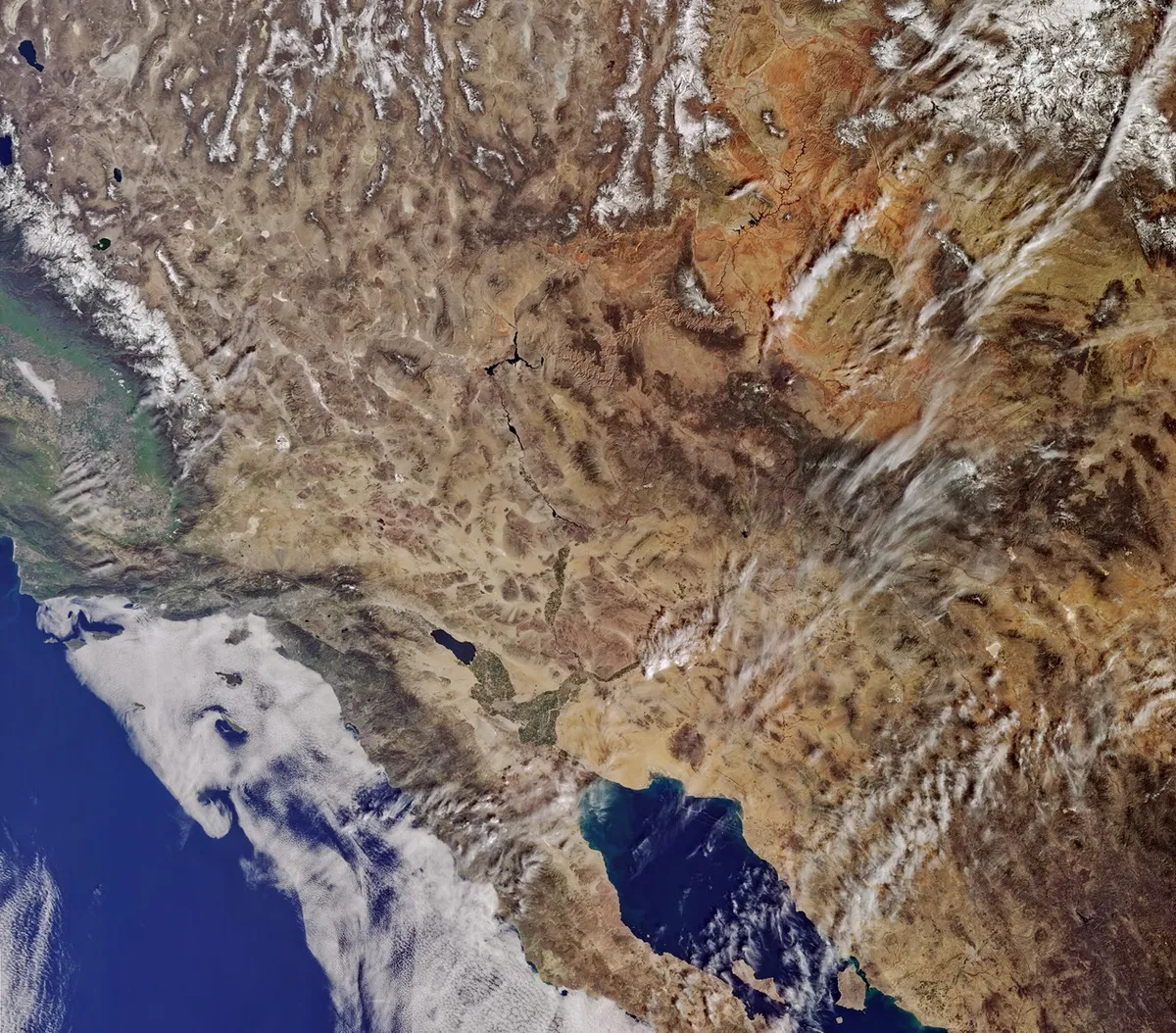This beautiful image of the day turning into night over the Norwegian archipelago of Svalbard is the first image to be sent back from ESA’s recently launched Sentinel-3A satellite, designed to monitor the Earth’s environment as part of Copernicus programme.
Taken on Monday 29 Feb, by the next evening the satellite had also sent back photos of the Iberian Peninsula with North Africa, and California.
The Ocean and Land Colour Instrument used to take the photos was the first of the Sentinel’s instruments to be activated but has since sent back results from its altimeter, which measures the height of the ocean surface, and results from the radiometer, designed to measure land and sea-surface temperatures, are expected in the coming days.
The Sentinel-3A is so far one of the most complex Copernicus satellites and is designed to measure the Earth’s oceans, land, ice and atmosphere, providing almost real-time information for predicting weather patterns and information about the oceans.
"Sentinel-3a … is the latest in the series of Sentinel missions that will provide valuable climate information that will benefit all of us,” says Dr Dave Smith, Head of theRAL Space Satellite Workshop Facilityat Harwell Campus, which helped to build the Sentinel.
“Climate change is a serious global challenge facing our generation and the next one. The data from Sentinel-3a programme of the ocean and land surface are vital for understanding what changes are taking place, and will equip our generation to tackle the issues resulting from climate change, such as increased severity of storms, drought, food and water security."


Follow Science Focus onTwitter,Facebook, Instagramand Flipboard